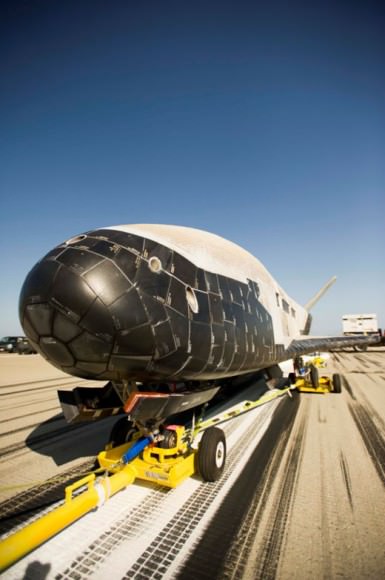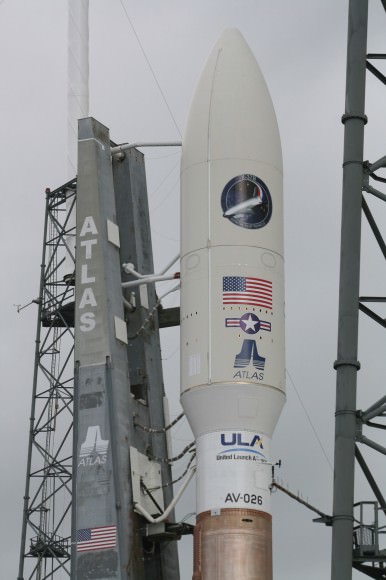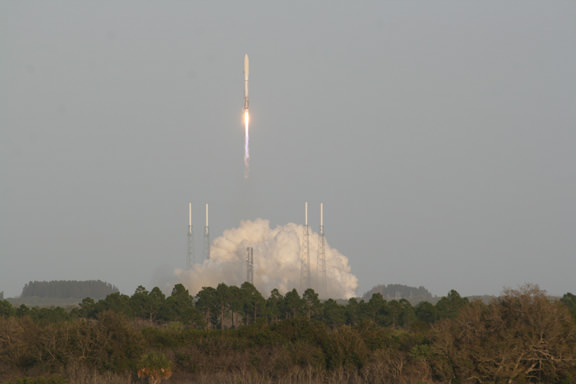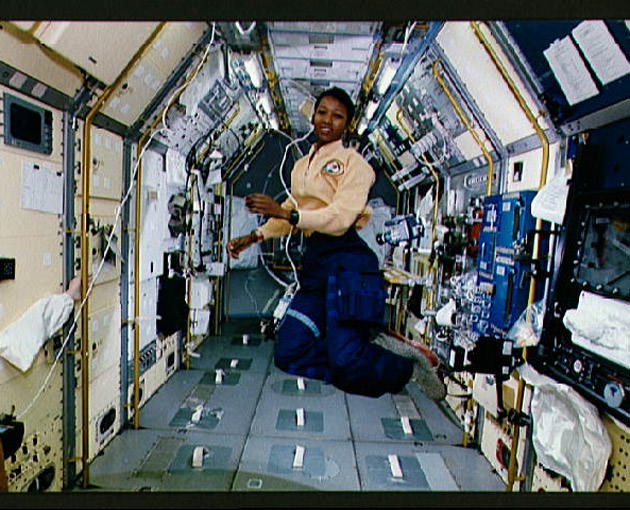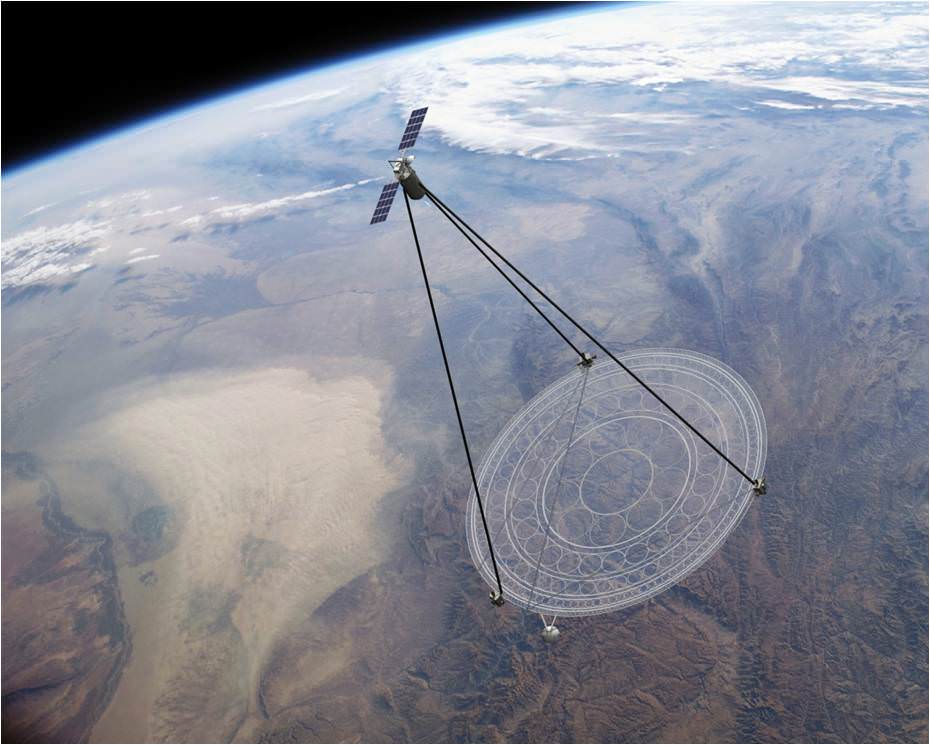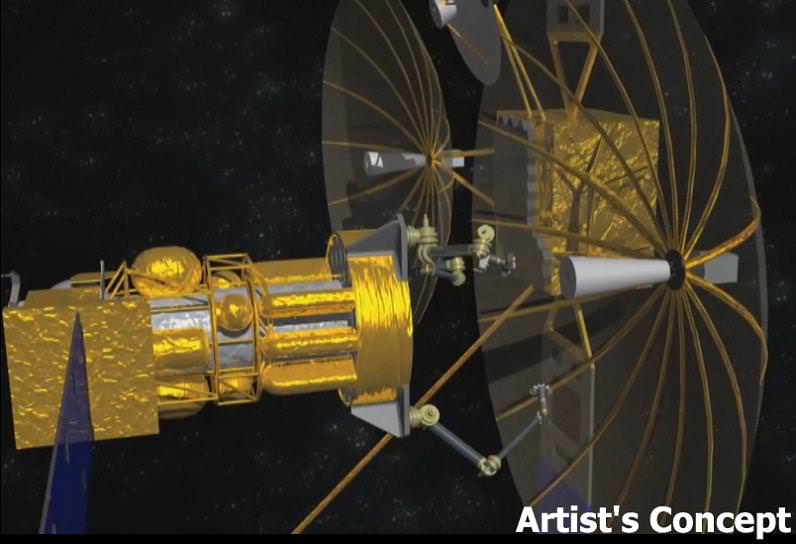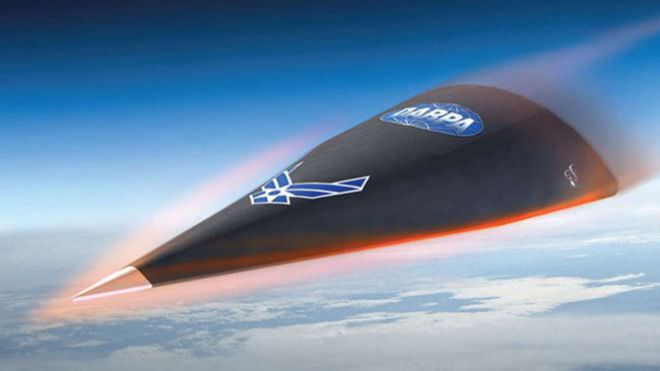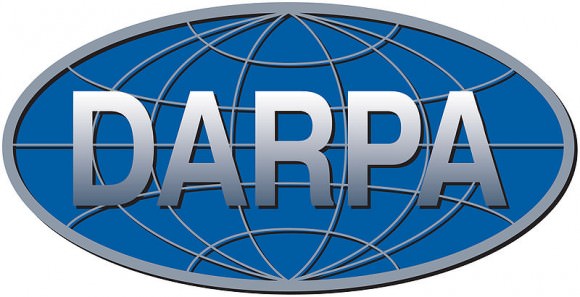[/caption]
Since January of this year, DARPA and NASA have been publicly talking about a 100-year starship program. They’ve held a symposium, put out an official Request for Information (RFI) looking for ideas about how a long-term human mission to boldly go out to the stars could possibly happen, they have an official website and have just put out a request for papers for a public symposium that will be held this fall in Orlando, Florida.
Yes, they are serious about this.
However, contrary to what the title of the project might infer, it’s not so much about actually building a starship that could go on a long duration, long distance journey, but more about solving the all the various technical, medical, sociological and economic problems so that one day – perhaps in a 100 years or so – we actually could build one and head for the stars.
And they are looking for someone to head up the program.

“This is really a hard problem and I wouldn’t suggest for a second that it would be easy”, said David Neyland, director of the Tactical Technology Office for DARPA who spoke with reporters in a teleconference on June 16, 2011. “But the ancillary developments along the way such as of all the technology development, innovations in energy, medicine, agriculture, and socio and environmental issues, has direct payback to the Department of Defense and NASA, as well as the private and commercial sector.”
DARPA is known for its brand of “blue sky science” where the scientific research they do might not have apparent and initial real-world applications.
But with this project, DARPA and NASA are hoping to spur a surge reminiscent of the research, technology, and education — as well as the unintended consequences – that came about because of developments of the early space program.
“It’s the unpredictable and ancillary things that are of benefit for all of us,” Neyland said.
Neyland has been working with NASA Ames Director Pete Worden on the concept and Neyland said they chose the name not because they actually want to send a starship on a 100-year mission to space – although that would be the ultimate goal — but they want to capture the imagination of folks who normally wouldn’t think of doing research and development and tag them with something they would be excited about.
This is akin to how science fiction has spurred generations of scientists and engineers to follow the career paths they did.
Just like all the technology development that DARPA has done in the past which required only small initial investments but ultimately lead to things, such as the internet and GPS technology — as well as NASA’s investment in space travel which has spawned items we use every day here on Earth — they believe a small investment now could lead to a big payoff for everyone in the future.
So they are starting small. DARPA has put up $1 million and NASA has contributed $100,000 for one year of symposiums and study. $500,000 of that has been set aside and will be used as money for a grant given to the “winner” of their Request for Papers.
You can see the RFP at this link, and the deadline for paper abstracts and/or panel descriptions must be submitted online at www.100yss.org by 2:00 pm ET on Thursday, July 8, 2011.
The recipient of the grant could be an individual or corporation who has the best proposal for how to execute and nurture the R&D necessary for the 100-Year Starship program. “It will be a single grant of that amount which is startup money — seed money — to get the lights on, to get their footing to go out and start the cycle of investments and research, which hopefully becomes successful and then brings money back in so that more research can be done.”
After the grant is awarded, DARPA and NASA will step away, letting the winner set out and boldly go.
Neyland said he knows these are austere times, but feels this is a strong way to leverage investments for a good, ultimate payoff, even though that payoff may not be for several decades.
What type of person or corporation could possibly win this grant?
“Who would do this?” Neyland replied to the question that was posed by Universe Today. “Some folks want to send money to DARPA right now for this, and some want to sign up to be on the crew for the 100-year starship. But I don’t want to say who would be a respondent to the RFP, as we want to it be very ‘open kimono.’ But we want people to propose to us what would be the right path to take.”
Neyland mentioned successful long-term foundations such as the Rockfeller and Gugenhiem foundations might be an example of what the entity could ultimately turn into, but he doesn’t want to prejudice that there is a specific entity or construct they are looking for. “We want people to propose to us what the right direction should be,” he said. “They’ll have the ability to go in whatever direction they see fit.”
Neyland added this is not intended to be open to US citizens or corporations only – although there is a dilemma that he is not sure DARPA can give a grant to a foreign entity. “But this has to has a much broader view that what can happen in the US academic and industrial base,” he said. “ This has to be across all international boundaries, across all academia and all industries.”
Neyland admitted there is the possibility that no one will step forward far enough to earn the grant.
“We want to get the most bang for the buck for the Department of Defense,” he said.
So, everyone out there who has the dream of traveling to the stars, what are your ideas?
See the 100 Year Starship website for more information. The public symposium will be in Orlando, Florida on Sept. 30 – Oct. 2, 2011.
Here are the list of tracks the conference will include. Individuals may submit speaking abstracts directly related to these topics, or they can propose entirely different ideas.
• Time-Distance Solutions [propulsion, time/space manipulation and/or dilation, near speed of light navigation, faster than light navigation, observations and sensing at near speed of light or faster than light]
• Education, Social, Economic and Legal Considerations [education as a mission, who goes, who stays, to profit or not, economies in space, communications back to earth, political ramifications, round-trip legacy investments and assets left behind]
• Philosophical, and Religious Considerations [why go to the stars, moral and ethical issues, implications of finding habitable worlds, implications of finding life elsewhere, implications of being left behind]
• Biology and Space Medicine [physiology in space, psychology in space, human life suspension (e.g., cryogenic), medical facilities and capabilities in space, on-scene (end of journey) spawning from genetic material]
• Habitats and Environmental Science [to have gravity or not, space and radiation effects, environmental toxins, energy collection and use, agriculture, self-supporting environments, optimal habitat sizing]
• Destinations [criteria for destination selection, what do you take, how many destinations and missions, probes versus journeys of faith]
• Communication of the Vision [storytelling as a means of inspiration, linkage between incentives, payback and investment, use of movies, television and books to popularize long term research and long term journeys]
You can follow Universe Today senior editor Nancy Atkinson on Twitter: @Nancy_A. Follow Universe Today for the latest space and astronomy news on Twitter @universetoday and on Facebook.



